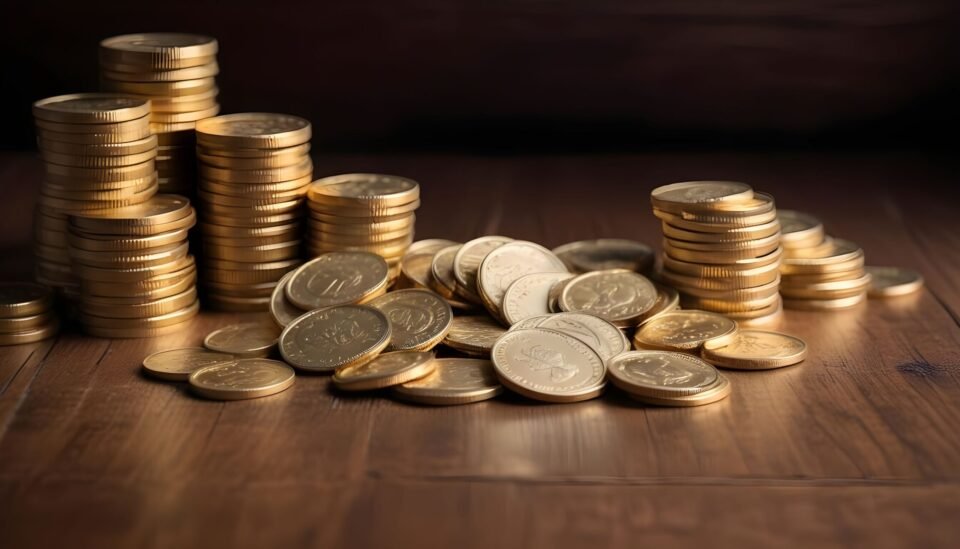In the ever-evolving landscape of financial markets, precious metals have consistently maintained their allure. Gold, silver, platinum, rhodium, and palladium are not just commodities; they represent stability, security, and a hedge against economic uncertainty. Understanding the unique qualities of these metals can help investors make informed decisions about their portfolios.
Historical Significance and Enduring Value
From ancient civilisations to modern economies, precious metals have played a pivotal role. Gold, for instance, has been used as currency, jewellery, and a store of value for millennia. Its scarcity and lustrous appeal have made it a symbol of wealth and power. Similarly, silver has been valued for its versatility and conductivity, making it essential in both industrial applications and as a form of money.
Platinum, though less historically prominent, has gained recognition for its industrial applications and rarity. Rhodium and palladium, members of the platinum group metals, are critical in automotive catalytic converters, highlighting their indispensable industrial utility. The historical significance of these metals underpins their enduring value, providing a foundation of trust for investors.
Diversification and Risk Management
Incorporating precious metals into an investment portfolio offers diversification, which is essential for risk management. Unlike stocks and bonds, which are susceptible to market fluctuations and economic downturns, precious metals often retain their value or even appreciate during periods of economic instability. This inverse relationship can protect an investor’s wealth during market volatility.
Gold is particularly renowned for its role as a safe-haven asset. During financial crises or geopolitical tensions, gold prices tend to rise as investors seek refuge from the uncertainty. While more volatile, silver also provides a hedge against inflation and currency devaluation. Platinum, palladium, and rhodium, though more niche, offer exposure to unique industrial sectors, further enhancing portfolio diversification.
Practical Applications and Industrial Demand
The practical applications of precious metals extend beyond mere investment. Gold’s conductivity and resistance to tarnish make it invaluable in electronics and medical devices. Silver’s antibacterial properties and high thermal conductivity are utilised in various industries, including solar energy and medicine. Platinum, palladium, and rhodium are crucial in automotive manufacturing, particularly in the production of catalytic converters that reduce harmful emissions.
The industrial demand for these metals supports their long-term value. As technology advances and industries evolve, the need for gold, silver, platinum, rhodium, and palladium is likely to increase. This sustained demand reinforces their appeal as stable, long-term investments.
Inflation Hedge and Wealth Preservation
One of the primary reasons why investing in precious metals is attractive is their ability to hedge against inflation. Unlike fiat currencies, which can lose value due to inflationary pressures, precious metals maintain their purchasing power over time. This characteristic makes them an effective tool for wealth preservation.
Historically, during periods of high inflation, the value of gold and silver has surged. Investors often turn to these metals to protect their savings from eroding. Platinum, palladium, and rhodium, with their critical industrial uses, also offer protection against inflation, albeit in a more sector-specific manner.
Accessibility and Investment Options
Investing in precious metals has become increasingly accessible. Investors can choose from a variety of options, including physical bullion, coins, exchange-traded funds (ETFs), and mining stocks. Each investment type offers distinct advantages and suits different investment strategies.
Physical bullion and coins provide tangible ownership and are favoured by those seeking direct exposure to metal prices. ETFs offer liquidity and ease of trading, making them suitable for those looking to invest without the challenges of storing physical metals. Mining stocks, while more speculative, offer the potential for significant returns driven by company performance and metal price movements.
Conclusion
Precious metals continue to captivate investors with their timeless appeal. Their historical significance, diversification benefits, industrial demand, and ability to hedge against inflation make them a valuable addition to any investment portfolio. By understanding the unique attributes and market dynamics of gold, silver, platinum, rhodium, and palladium, investors can make informed decisions that align with their financial goals.
Article received on email

